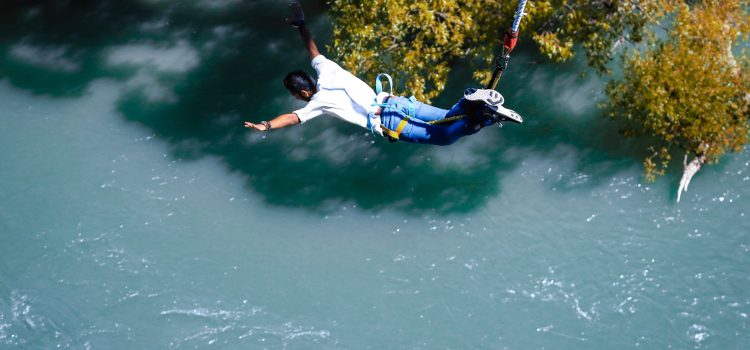
Digital nomadism has become increasingly popular in recent years, with many people opting for a location-independent lifestyle that allows them to work remotely while exploring the world. In this article, we will explore some of the best destinations and workspaces for digital nomads.
Best Destinations for Digital Nomads When it comes to choosing a destination as a digital nomad, there are many factors to consider, such as cost of living, quality of life, and internet connectivity. Here are some of the best destinations for digital nomads:
- Bali, Indonesia: Bali is a popular destination for digital nomads due to its low cost of living, beautiful beaches, and vibrant culture. It also has a growing community of digital nomads and coworking spaces.
- Chiang Mai, Thailand: Chiang Mai is another affordable destination with a thriving digital nomad community. It offers a laid-back lifestyle, excellent food, and access to stunning natural scenery.
- Lisbon, Portugal: Lisbon is a vibrant and cosmopolitan city with a growing tech industry and a range of coworking spaces. It also boasts a rich cultural heritage and a mild climate.
- Medellin, Colombia: Medellin has undergone a transformation in recent years, emerging as a hub for innovation and entrepreneurship. It offers a low cost of living, pleasant weather, and a vibrant social scene.
- Tbilisi, Georgia: Tbilisi is an up-and-coming destination for digital nomads, offering a blend of historic charm and modern amenities. It also has a fast and reliable internet connection and a growing community of digital nomads.
Best Workspaces for Digital Nomads When it comes to workspace options for digital nomads, there are a few key factors to consider, such as the cost, location, and amenities. Here are some of the best workspaces for digital nomads:
- WeWork: WeWork is a well-known coworking space provider with locations around the world. They offer flexible membership options, high-speed internet, and a range of amenities, such as free coffee and printing services.
- Hubud: Located in Ubud, Bali, Hubud is a coworking space that has been specifically designed for digital nomads. It offers fast internet, comfortable workstations, and a range of community events and networking opportunities.
- Impact Hub: Impact Hub is a global network of coworking spaces that focus on social and environmental impact. They offer a range of membership options and amenities, such as meeting rooms and event spaces.
- Outsite: Outsite is a coworking and coliving company that offers fully furnished apartments with workspace areas. They have locations in a range of destinations, such as Bali, Costa Rica, and Portugal.
- The Hive: The Hive is a coworking space with locations in Asia and Europe. They offer a range of workspace options, including hot desks, dedicated desks, and private offices. They also have a range of amenities, such as meeting rooms, event spaces, and a rooftop terrace.
In conclusion, digital nomadism offers the freedom and flexibility to work from anywhere in the world. By choosing the right destination and workspace, digital nomads can enjoy a fulfilling and productive lifestyle while exploring new cultures and experiences.

















